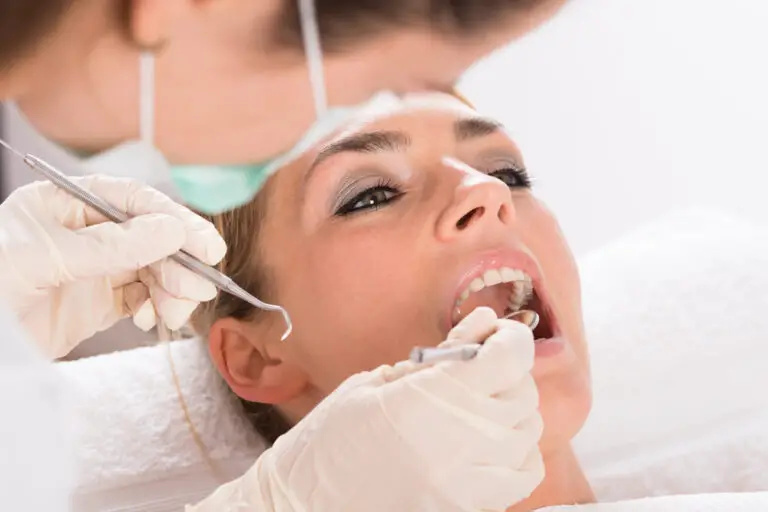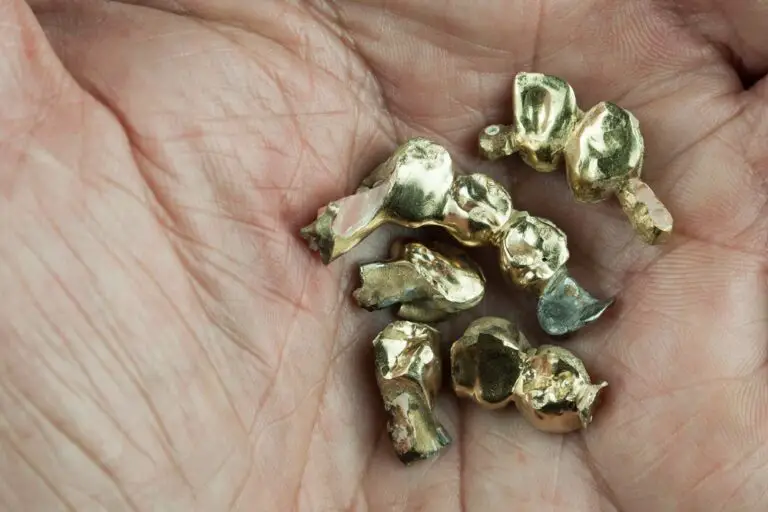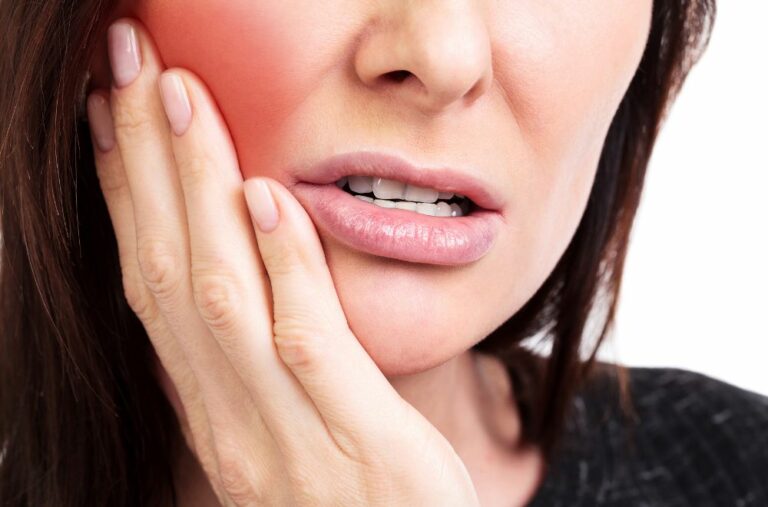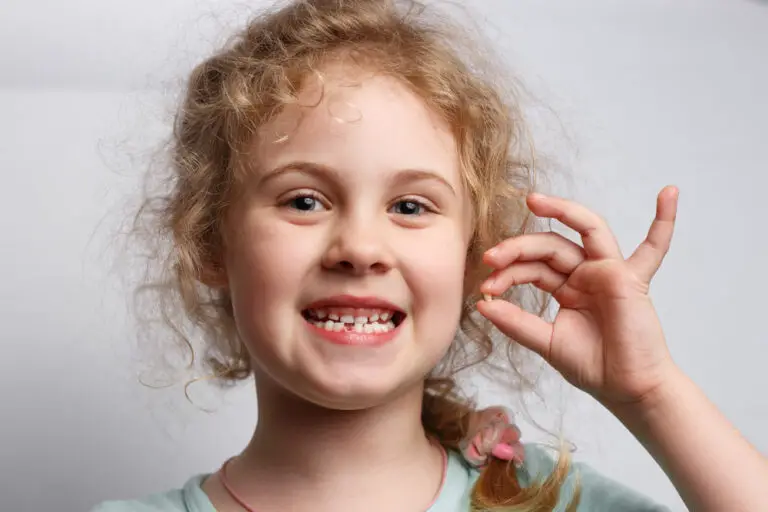Human teeth play an essential role in our day-to-day life. They help us chew and digest food, speak clearly, and maintain the structure of our face. But have you ever wondered how many teeth we can grow?
As children, we have 20 primary teeth, also known as deciduous teeth. These teeth fall out, and by the time we reach adolescence, we have 32 permanent teeth. However, some people may have extra teeth, a condition known as hyperdontia.
While many animals can regrow their teeth throughout their lifetime, humans cannot. Once our permanent teeth grow in, they are the only set we have. This is why it’s crucial to take good care of our teeth and maintain good oral hygiene habits. But, with advancements in medical technology, there may be hope for teeth regrowth in the future.
Key Takeaways
- Humans can grow up to 32 permanent teeth, but some people may have extra teeth due to hyperdontia.
- Unlike many animals, humans cannot regrow their teeth once their permanent teeth have grown in.
- With advancements in medical technology, there may be hope for teeth regrowth in the future.
Human Teeth Growth
Humans typically develop two sets of teeth during their lifetime: primary teeth and permanent teeth. Primary teeth, also known as baby teeth, usually begin to emerge between six and ten months of age and are usually fully grown by the age of three. There are a total of 20 primary teeth.
Permanent teeth begin to grow and replace primary teeth between the ages of six and eight. The last permanent teeth, the wisdom teeth, usually emerge between the ages of 17 and 25. There are a total of 32 permanent teeth in an adult human mouth.
The growth and development of teeth is a complex process that involves multiple factors, including genetics, nutrition, and oral hygiene. Proper nutrition, particularly the intake of calcium and vitamin D, is essential for healthy teeth growth and development. Oral hygiene practices such as brushing and flossing help to prevent tooth decay and gum disease, which can negatively impact tooth growth.
It is important to note that not everyone will grow the same number of teeth. Some individuals may develop extra teeth, a condition known as hyperdontia, while others may have missing teeth, a condition known as hypodontia. In some cases, tooth growth may be impacted by medical conditions or medications. If you have concerns about your teeth growth or development, it is important to consult with a dental professional.
Primary Teeth

Number of Primary Teeth
When babies are born, they do not have any teeth. However, they start developing teeth within the first few months of their lives. In general, babies will have 20 primary teeth, which are also known as baby teeth. These teeth start to appear between the ages of 6 and 12 months.
Stages of Primary Teeth Growth
The growth of primary teeth happens in two stages. The first stage of growth is when the teeth start to develop under the gums. This stage usually occurs between the ages of 3 to 18 months. The second stage is when the teeth start to push through the gums. This stage usually occurs between the ages of 6 months to 3 years.
During the growth of primary teeth, parents should make sure to take care of their child’s teeth. This includes wiping the gums and teeth with a damp cloth after feedings, avoiding sugary drinks, and scheduling regular dental check-ups.
It is important to note that primary teeth will eventually fall out to make room for permanent teeth. However, taking care of primary teeth is still crucial as they help with speech development, chewing, and maintaining space for permanent teeth.
Permanent Teeth

Number of Permanent Teeth
Most people have 32 permanent teeth, which include 8 incisors, 4 canines, 8 premolars, and 12 molars. The permanent teeth start to grow in at around the age of 6 and continue to develop until the age of 21.
Stages of Permanent Teeth Growth
The growth of permanent teeth can be divided into three stages: eruption, shedding, and replacement.
Eruption: This stage begins when the permanent teeth start to emerge from the gums. The first permanent teeth to erupt are usually the lower central incisors, followed by the upper central incisors. The remaining teeth then emerge in a specific order, with the molars being the last to erupt.
Shedding: This stage occurs when the primary teeth start to fall out to make way for the permanent teeth. The shedding process usually starts around the age of 6 and continues until the age of 12 or 13.
Replacement: This stage occurs when the permanent teeth replace the primary teeth. The replacement process can take several years to complete.
It is important to take care of your permanent teeth by brushing and flossing regularly, eating a healthy diet, and visiting the dentist for regular check-ups.
Why Teeth Don’t Regrow
While some animals can regrow their teeth multiple times throughout their lives, humans only get two sets of teeth: baby teeth and adult teeth. Once our adult teeth come in, that’s it. If we lose a tooth or it gets damaged, it won’t grow back on its own. But why is that?
The answer lies in the way our teeth develop. Our teeth start forming in the womb, and by the time we’re born, the crowns of our baby teeth are already formed. As we grow, our adult teeth develop underneath our baby teeth. When our baby teeth fall out, our adult teeth move into place.
Unlike some animals, humans don’t have stem cells in our teeth that can regenerate lost or damaged tissue. While researchers are exploring ways to use stem cells to regrow teeth, it’s still a long way off from being a practical solution for humans.
Another reason why our teeth don’t regrow is that the enamel that covers our teeth is the hardest substance in our body. Once it’s damaged, it can’t repair itself. That’s why it’s so important to take care of our teeth by brushing, flossing, and visiting the dentist regularly.
In summary, humans can’t regrow teeth because our teeth development is different from animals that can regrow teeth, and we don’t have stem cells in our teeth. Additionally, our enamel is very hard and can’t repair itself once it’s damaged.
Teeth Growth in Other Animals
Sharks’ Teeth
Sharks are known for their remarkable ability to regenerate teeth throughout their lives. As a shark loses a tooth, a new one will move forward to replace it. This process ensures that sharks always have a full set of functional teeth.
Interestingly, the type of teeth that sharks grow depends on their diet. For example, a shark that feeds on mollusks will have flatter teeth for crushing shells, while a shark that feeds on fish will have sharper teeth for tearing flesh.
Rodents’ Teeth
Rodents, such as mice and rats, also have unique tooth growth patterns. Their incisors never stop growing, so they must constantly gnaw on objects to keep them from becoming too long.
In fact, rodent teeth grow at a rate of about 0.3-0.4 mm per day, which is much faster than human teeth. This rapid growth rate allows rodents to maintain their teeth even as they wear down from constant use.
Overall, the teeth growth patterns of sharks and rodents highlight the incredible diversity of tooth development in the animal kingdom. While humans only grow two sets of teeth in their lifetime, these animals have evolved specialized mechanisms to ensure that their teeth are always functional.
Medical Advancements in Teeth Regrowth

Tooth loss is a common condition, especially in the aging population. Current approaches to treating tooth loss include prostheses, transplantations, and dental implants. However, recent medical advancements have shown promising results in the field of teeth regrowth.
One such advancement is the use of stem cells to regenerate teeth. Stem cells are undifferentiated cells that have the potential to develop into different types of cells, including tooth cells. Researchers have been able to stimulate the growth of new teeth in animal models by targeting a specific protein that triggers stem cells to form new teeth.
Another promising advancement is the use of a drug that stimulates the growth of new teeth. Researchers have successfully stimulated the growth of “third-generation” teeth in animal models by targeting a specific molecule that triggers tooth growth.
In addition, researchers have also developed a technology that uses low-intensity lasers to stimulate the growth of new teeth. This technology has shown promising results in animal models, and clinical trials are currently underway to test its effectiveness in humans.
While these advancements are still in the early stages of development, they offer hope for a future where teeth regrowth is a viable option for those who have suffered from tooth loss.
Frequently Asked Questions
How long for front teeth to grow in
Front teeth usually start to grow in at around 6 months and are usually fully grown in by the age of 3.
How many teeth do humans have
Most adults have 32 permanent teeth, including eight incisors, four canines, eight premolars, and 12 molars.
At what age do teeth stop growing?
Teeth typically stop growing in the late teenage years or early twenties.
Can your teeth grow back at age 12?
No, once you lose your baby teeth and your adult teeth grow in, you will not grow any more teeth.
Can your teeth grow back at age 15?
No, once your adult teeth have fully grown in, you will not grow any more teeth.
How many teeth can a human grow?
The number of teeth a human can grow depends on the number of wisdom teeth they have. The total number of teeth can range from 28-32.







